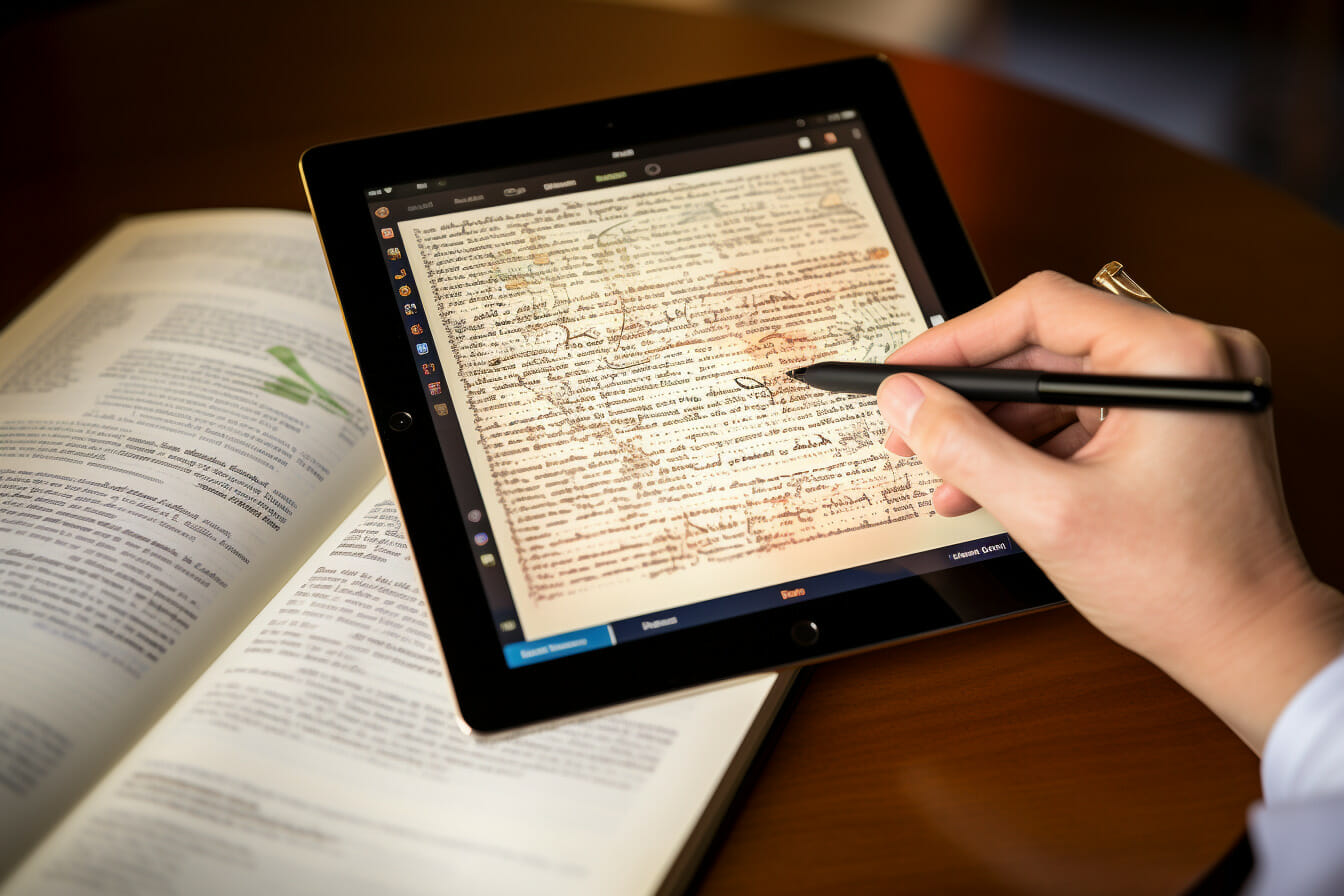When To Use The Colon
Ever wondered when to use a colon in your writing? It’s a common question and it’s not always straightforward.
This article will help demystify the colon for you. We’ll cover its function, rules for use, common mistakes, and provide practical examples.
By the end, you’ll be using colons with confidence. Let’s dive into the world of colons and elevate your writing skills to the next level!
Table of Contents
Understanding the Function of the Colon

Let’s delve into understanding the function of the colon. It’s a punctuation mark that’s often used to introduce a list, explanation, or definition. It acts like a signpost, pointing forward to the information that comes after it.
You might use a colon to introduce a series of items. For example, ‘She packed the following a colon for her trip: clothes, shoes, and toiletries.’
You can also use a colon to add emphasis or detail. For instance, ‘He had one goal: win the championship.’
Lastly, a colon can be used to explain or define something, like ‘Dystopia: a society characterized by human misery.’ Just remember, the sentence before the colon should be a complete thought.
Now, you’ve got the basics of when to use a colon.
Rules for Incorporating the Colon in Sentences
Remember, in your writing, the semicolon’s big brother often steps in to introduce a list, clarify what came before it, or emphasize a specific piece of information.
Now, let’s delve into the rules. Firstly, you can use a colon to introduce a list. For example, ‘I need the following groceries: milk, bread, and eggs.’
Secondly, employ a colon to clarify or expand on a preceding statement, like ‘She had one love: dance.’
Lastly, use it to emphasize a particular piece of information, like ‘He had only one rule: never be late.’
Be careful though; don’t use a colon after a preposition or conjunction. And remember, the clause before a colon must always be a complete sentence.
Stick to these rules and you’ll master the colon in no time!
Common Mistakes with Colon Usage

You’ll want to be aware of the common errors people often make when incorporating this punctuation mark into their sentences. The first mistake is using a colon after a verb or preposition that directly introduces a list. For example, you shouldn’t write ‘I need: milk, eggs, and butter.’ Instead, write ‘I need milk, eggs, and butter.’
Another error is using a colon between a noun and its verb, as in ‘The cat: jumped over the fence.’ The correct sentence is ‘The cat jumped over the fence.’
Lastly, avoid using a colon after incomplete sentences. You can’t write ‘The three things I love the most:.’ It’s better to say, ‘The three things I love the most are:.’
Understanding these common mistakes can help improve your colon usage.
Examples of Correct Colon Usage
Now, we’re going to dive into some examples that demonstrate the proper way to incorporate this particular punctuation mark into your sentences.
Imagine you’re listing items: ‘She packed the essentials for her trip: clothes, toothbrush, passport, and money.’ Here, the colon introduces the items.
Or, when explaining cause and effect: ‘He was late: there was an unexpected traffic jam.’ The colon connects two related thoughts.
You can also use a colon before a quote or dialogue: ‘She muttered to herself: ‘I can do this.” In this case, the colon precedes direct speech.
Additionally, consider this summary sentence: ‘In short: she was ecstatic.’ The colon signals an upcoming summary or conclusion.
Understanding these examples helps ensure you’re using colons effectively and correctly.
Tips for Mastering the Colon in Writing

Mastering this particular punctuation mark in your writing isn’t as tough as it seems, especially if you’re armed with a few handy tips.
First, remember the rule of thumb: use a colon when you want to introduce something, be it a quote, a list, or an explanation. It’s like a drumroll, building anticipation for what’s to come.
Second, ensure the sentence preceding the colon could stand alone as a complete sentence. If it can’t, you’re probably misusing the colon.
Finally, don’t capitalize the first word after a colon unless it’s a proper noun or the start of a complete sentence.
With these tips in mind, you’ll be a colon master in no time. It’s all about practice, so don’t shy away from using it in your writing.
Frequently Asked Questions
What should come after a colon?
After a colon, a word or phrase that explains or elaborates on the first clause should come. It could be a single word, phrase, or complete sentence.
How is a dash different from a colon?
A dash is used to set off information within a sentence, while a colon is used to introduce or draw attention to information that follows it.
When should I use a semicolon instead of a colon?
You should use a semicolon instead of a colon when you have two independent clauses that are closely related.
How can I use a colon to create a subtitle?
A colon can create a subtitle by placing it after the main title and then adding a brief explanation or elaboration of the title.
What are some grammatical uses of a colon?
Some grammatical uses of a colon include: introducing a list, separating two related statements, to introduce a direct quotation, or to emphasize a key word or phrase.
What should come after a colon?
After a colon, you should capitalize the word’s first letter following the colon if it is the start of a complete sentence. If it is not a complete sentence, lowercase should be used.
How can I use a colon to connect two sentences?
You can use a colon to connect two sentences when the second sentence summarizes or explains the first sentence.
Conclusion
So, you’ve got this! Understanding the function of the colon and knowing when to use it is key. Avoiding common mistakes and practicing correct usage are also important. Keep these tips in mind, and you’ll master the colon in no time.
Remember, it’s your writing, and you’re in control. Don’t let a little punctuation intimidate you. Keep practicing, and you’ll get it down.













